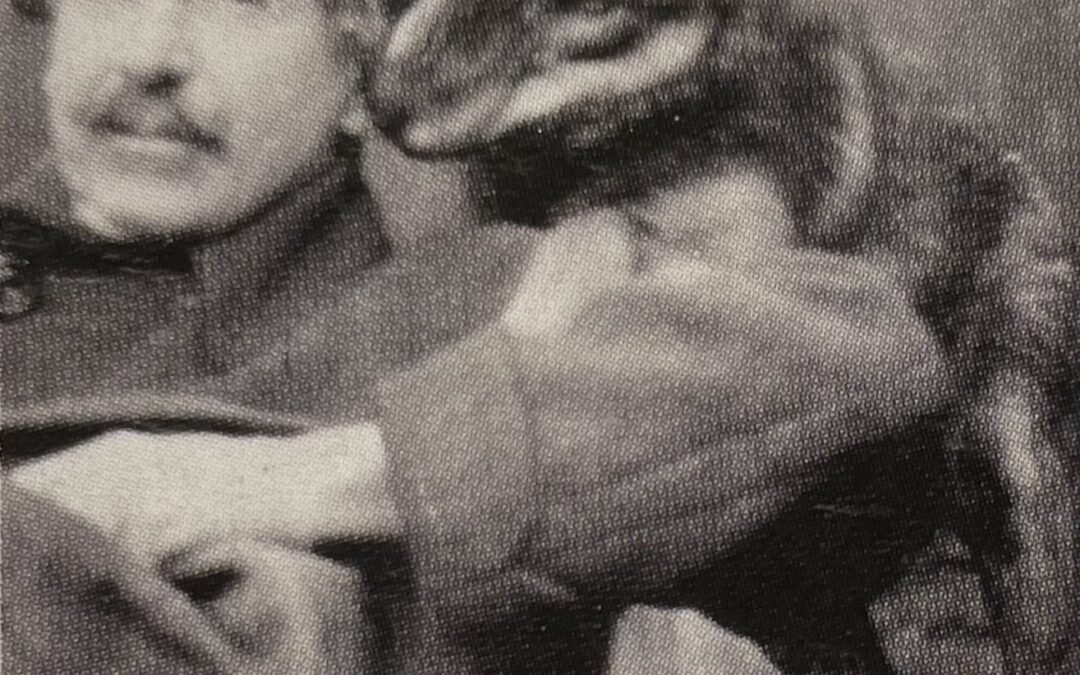Seton and the Wolf, undated
Ernest Thompson Seton died midmorning Wednesday October 23, 1946, in his bedroom on the main floor of Seton Castle, Santa Fe, New Mexico. His final journal entries ended somewhat earlier. Even though the event happened seventy-nine years ago, his presence in the world remains vibrant and important. I have just come back from the Castle and the now open-to-the-sky room of Seton’s last moment of life. A beautiful autumn day, partly cloudy, moisture in the air.
His passing garnered notice in the press. Seton’s friend, the philosopher Manly Hall, wrote to Julia Seton:
“Since your telephone call telling me of the Chief’s passing, I have tried several times to write you but the words just wouldn’t come. I was strangely drawn to the Chief from the first time I ever saw him, and although I knew him only a few years it seemed that I had known him all my life. Perhaps the fact that I have no memory of my own father, and always wanted to know him, has something to do with my feelings. I did not realize that I was an especially sentimental person, but the Chief’s death has affected me more than anything else that has ever happened to me. So please forgive me, dear friend, if I have been silent these last few days—I just can’t talk about it yet.
On Thursday evening I paid a simple tribute to the Chief at my lecture. I couldn’t say much, but I know that our people knew that I spoke directly from the heart when I told them that the world had lost a great man and I had lost a very dear friend.”
In subsequent years Julia Seton and daughter Dee Seton would continue in a close friendship with Hall, staying as guests at his house in Los Angeles on many occasions.
Original letter in the collection of Library and Archives Canada, reproduced in Ernest Thompson Seton, The Life and Legacy of an Artist and Conservationist.

